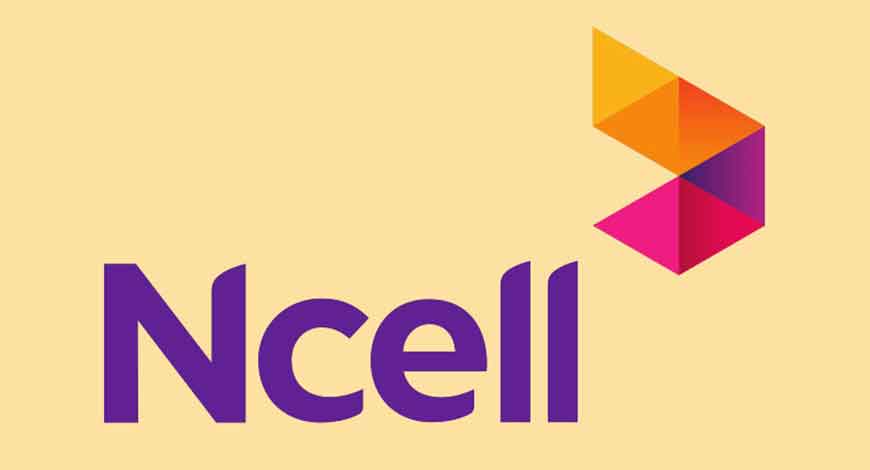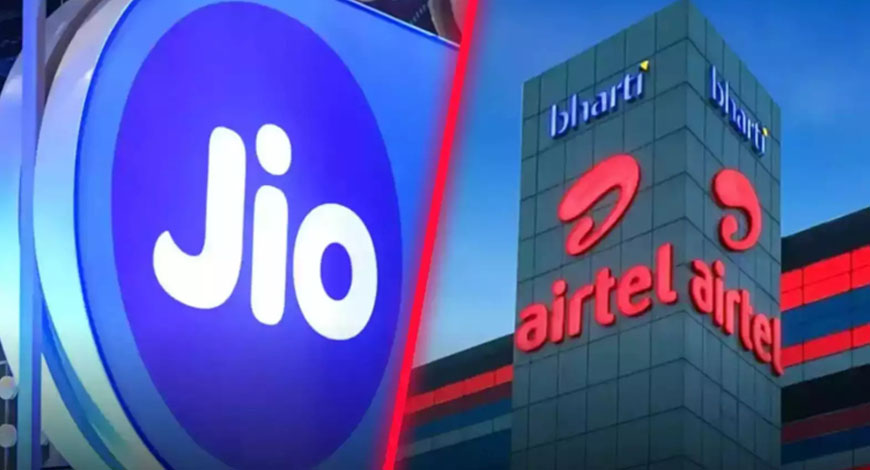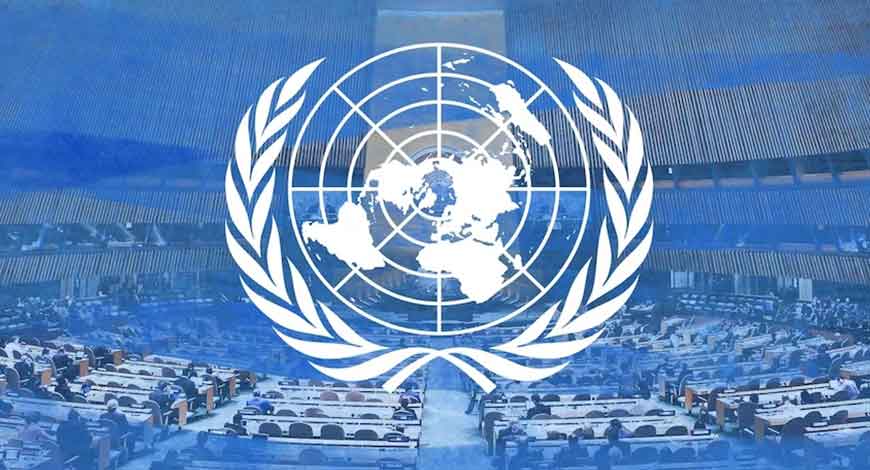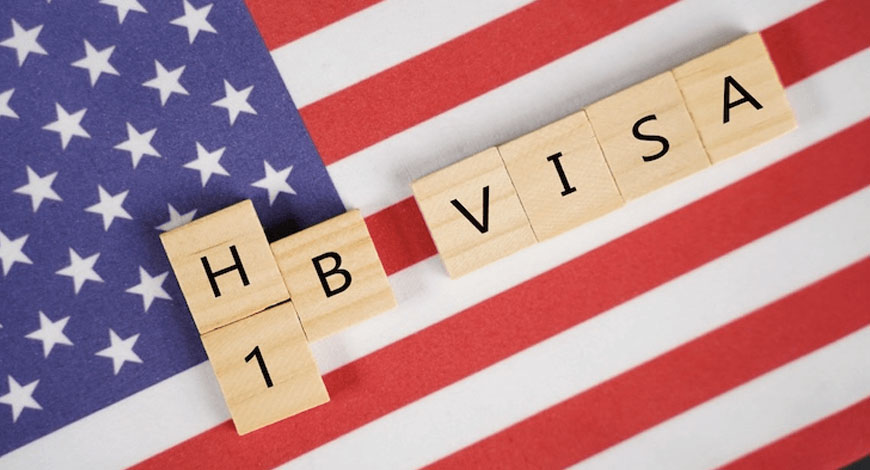Nepal’s leading private telecom operation, Ncell, has suffered massive losses in a recent attack on its infrastructure across the country. After the Gen Z protest turned violent, some agitated crowds took to torching the telco’s building and vehicles and damaging its equipment. However, despite all the damages, the company has maintained its services without disruptions.
The Gen Z protest started on September 8 and escalated the following day, with dozens even killed. But during the demonstrations, Ncell also incurred severe damage. The company says that its central office, Ncell head office in Lainchaur, and other offices across the country were vandalized during the Gen Z protests.
Ncell details damages during the Gen Z protests
The entire central Ncell building, including the two-story underground parking, was damaged during the Gen Z protests. Vandals torched the parking lot, 10-story building, and many documents are still missing. According to the telco, the unruly crowd pulled out 23 vehicles of the company from the parking lot, vandalized them, and set them on fire.
Additionally, an Ncell Center within the headquarters was also vandalized and torched. The company reports that Ncell Centers in Pokhara, Dhangadhi, and Mahendranagar also took damage during the frantic two-day protests. The sigh of relief was that the Ncell data center in Nakkhu, Lalitpur, was safe. This was the reason the company was able to continue providing services without interruptions.
“Despite these challenges, Ncell, as always, remained steadfast in its core mission of ensuring continuous access to telecommunication services for the country and the general public. To make services easily available during the crisis, we provided three days of free local voice calls, SMS, and internet service. For the past 20 years, we have been prioritizing serving the Nepali community, which clearly reflects our unwavering dedication to our customers,” Ncell said.
Ncell data, voice, and services are running without interruption despite heavy damages
Ncell says that its services (voice, data, SMS, VAS) are all running without interruption despite damage during the Gen Z protests. But it does admit that its day-to-day operations have suffered. After curfew announcement on September 8, the telco told its staff to work from home if necessary.
The company is currently assessing the damage and says that it’s still not in a position to specify the extent of the losses. As the entrance to the main office building has severe damages, the office can’t come into operation immediately. But its services will continue without disruption from the damage.
Ncell welcomes Gen Z protests, vows to rise for people, again
In its statement, Ncell also said that it welcomes the Gen Z protests and the changes brought by the youth movement. The company said, “We share the collective hope that this change will bring greater unity, peace, and prosperity for all Nepalis.”
Ncell said that it’s been supporting Nepal’s digital transformation journey for the past 20 years and will continue to do so. It added that it has contributed to ICT growth, creating employment, accelerating economic growth, and helping realize Digital Nepal vision.
“Today, with even greater determination and resilience, we want to reaffirm our commitment to serving the nation and its people. We stand shoulder to shoulder with our employees, customers, and communities, and we are sincerely grateful for the support, solidarity, and cooperation you have extended to us so far,” the telco said. NepaliTelecom









